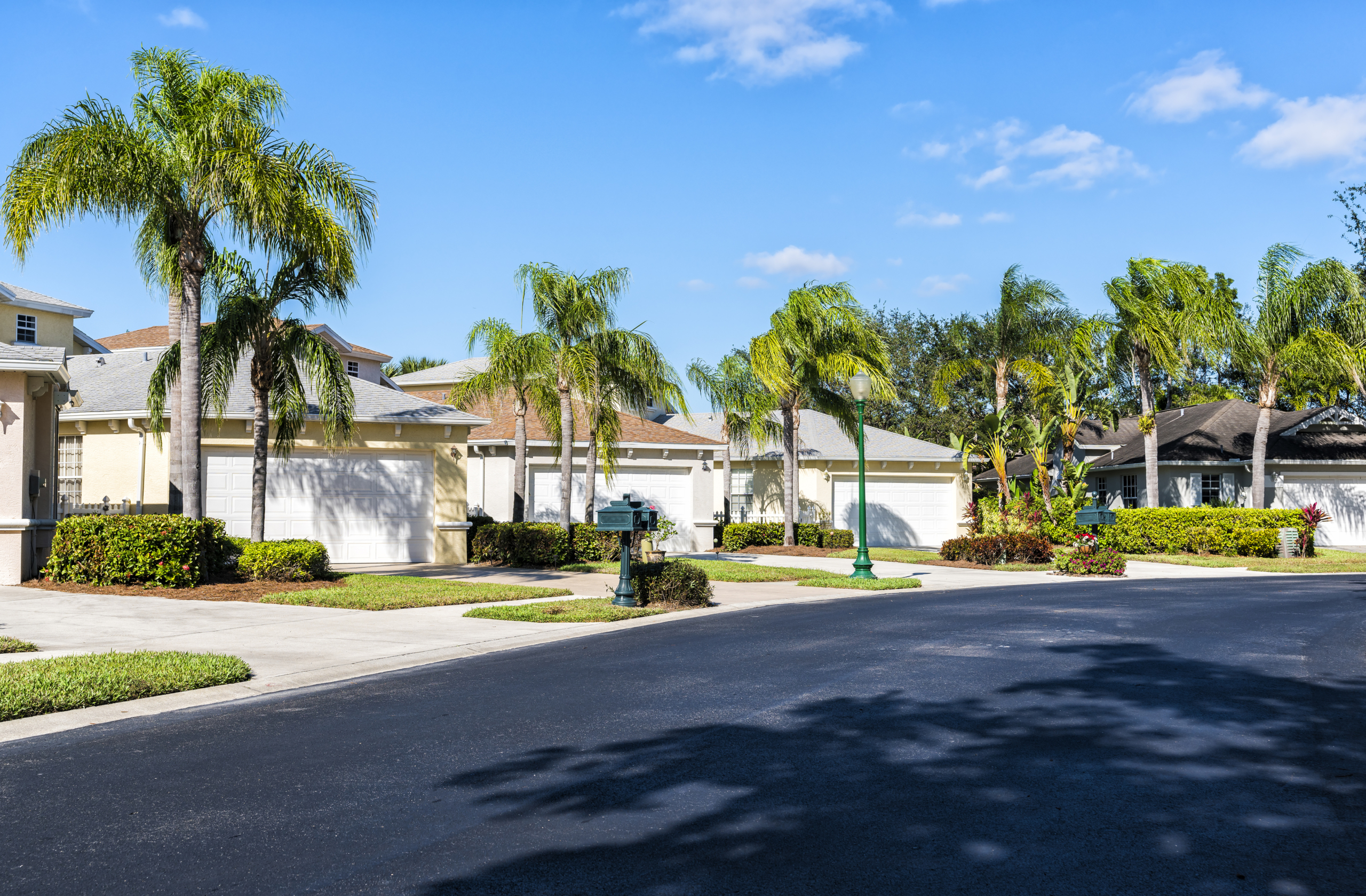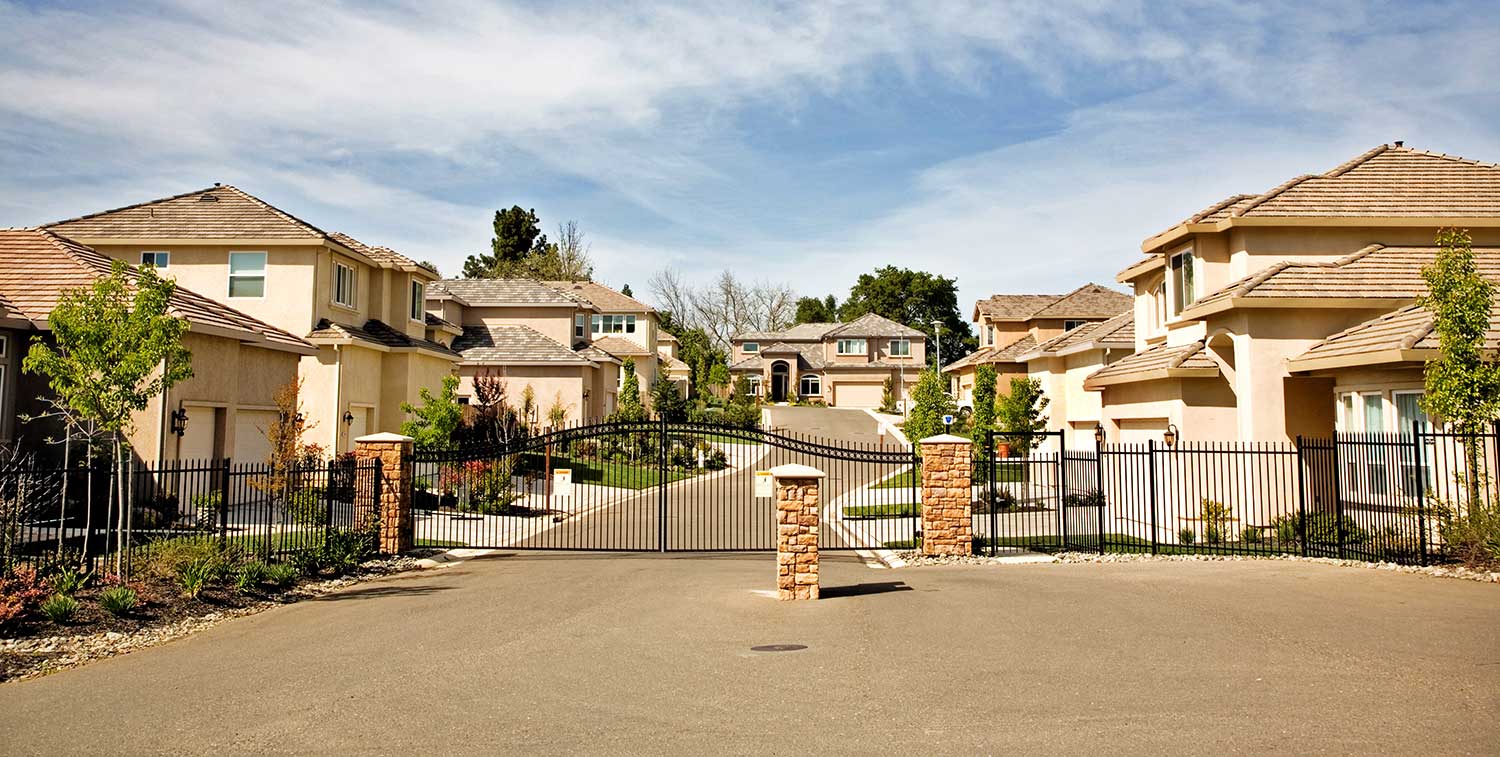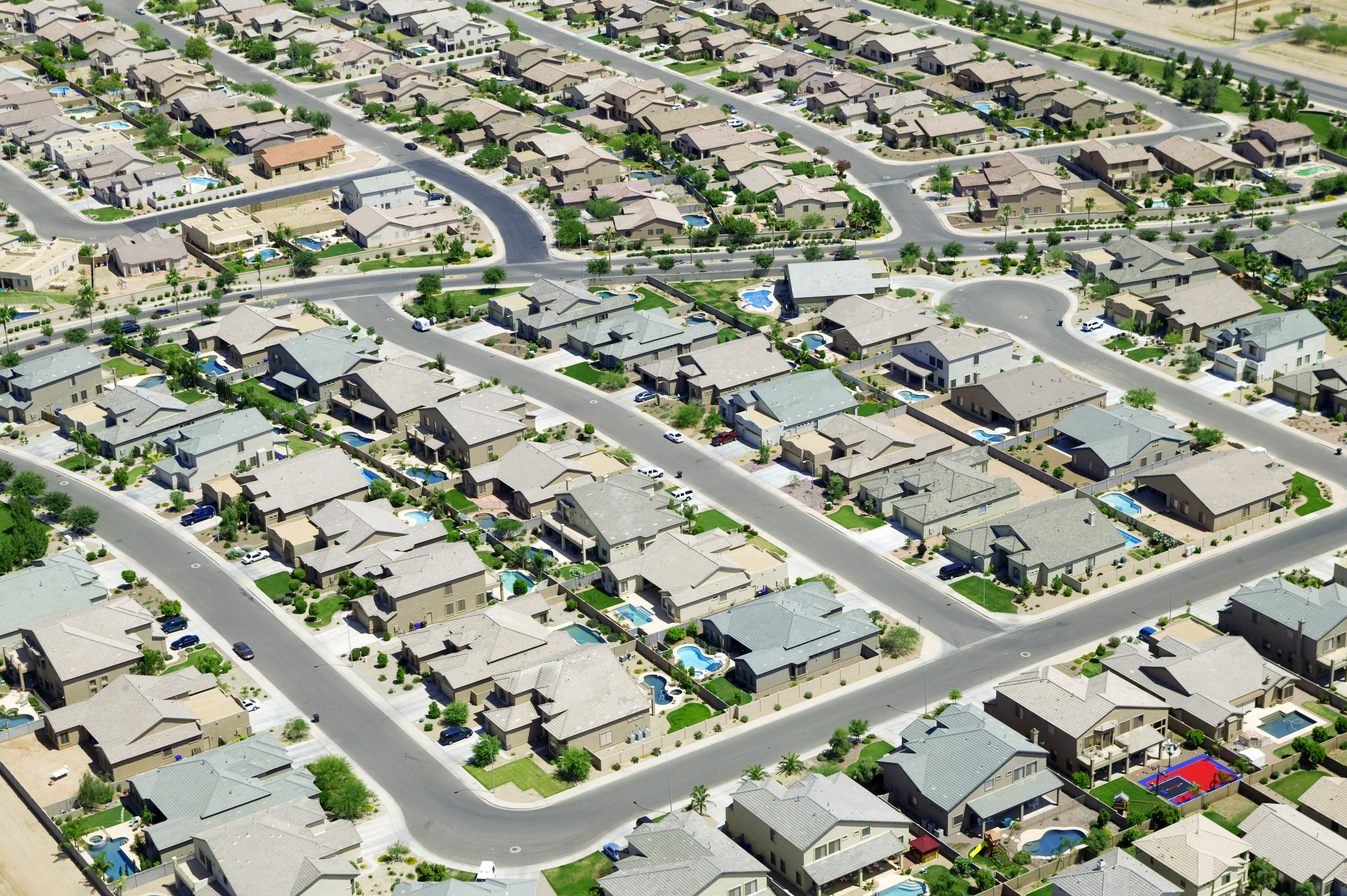
Life is a series of decisions and one of the hardest decisions is to choose the area you want to live in.
So, here are some key factors that come into play when you have to decide where to live.
Can You Afford It?
 After weighing their options, people are ready for a change to a new city or town, but sometimes they leave out the most important factor. Failing to consider your budget when choosing a new place to live in can contribute to bad decision-making.
After weighing their options, people are ready for a change to a new city or town, but sometimes they leave out the most important factor. Failing to consider your budget when choosing a new place to live in can contribute to bad decision-making.
Gated communities, for example, are appealing to home buyers because they provide top-notch safety and security. With low crime rates, a quiet atmosphere, enhanced privacy and controlled access, families can breathe easier living in guard-gated communities. However, houses in gated communities tend to be very expensive for the same reasons.
Everyone wants to live in a neighborhood where they feel safe, stable and secure. San Diego, for example, is a safe and peaceful city with almost no crime, but living in the area can be pricey.
There are many desirable and affluent neighborhoods that ooze with charm and sit on the outskirts of the capital and though they might be perfect for your needs and preferences, they might not fit in your budget.
When it comes to affordability, you will also need to consider the full cost of buying a house. Below you will find the median home price for some US states:
| State | Median Home Price |
| California | $843, 800 |
| Washington | $668, 400 |
| Utah | $575, 100 |
| New York | $559, 900 |
| Kentucky | $256, 700 |
| Oregon | $527, 600 |
Type of Area
In general, there are three main types of areas: urban, suburban and rural. Each area has its advantages and disadvantages. Ultimately, your decision should be based on what you can afford, what you are looking for and what can best suit your needs and wants.
Urban
 Compared to rural areas, cities appeal to many and have always been considered as the best place to live. On a global scope, over 50 % of the worldwide population lives in urban areas today and by 2045, the urban population is predicted to increase to 6 billion.
Compared to rural areas, cities appeal to many and have always been considered as the best place to live. On a global scope, over 50 % of the worldwide population lives in urban areas today and by 2045, the urban population is predicted to increase to 6 billion.
Although the cost of living is lower in rural areas, people prefer cities because of their more exciting, glamorous and productive lifestyles. It is also due to the presence of a larger scope for enjoying well-built houses, transport facilities and high-quality services.
However, statistics have also revealed that cities are more crime-prone than small towns. In addition, one cannot overlook the fact that cities are plagued by diseases, light and noise pollution as well as low air quality.
Suburban
 A study conducted by YouGov found that around 39 % of Americans would want to live in the suburbs. Unlike in a city where people live in close quarters, in the suburbs, you will enjoy the distance between yourself and your neighbors. At the same time, you will enjoy more easily accessible green space. The open space, the convenience of traveling and the lower levels of air and noise pollution are the reasons why some prefer to live in the suburbs.
A study conducted by YouGov found that around 39 % of Americans would want to live in the suburbs. Unlike in a city where people live in close quarters, in the suburbs, you will enjoy the distance between yourself and your neighbors. At the same time, you will enjoy more easily accessible green space. The open space, the convenience of traveling and the lower levels of air and noise pollution are the reasons why some prefer to live in the suburbs.
Suburban living might be a good choice for people who are willing to expand their family, but it is certainly not for people who enjoy fine dining, nightlife and entertainment.
Rural
 From 208 to 2021, research has revealed that more people would prefer to live in rural areas if they had a choice. While cities offer easy access to certain services and facilities, the rural lifestyle is less stressful and more peaceful. Compared to urban areas, rural towns have less traffic and less noise and air pollution. Rural areas are favorable to those who want a relatively calm and serene life. Rural areas are not only quieter and more picturesque, but they are also famous for being safe and with lower crime rates.
From 208 to 2021, research has revealed that more people would prefer to live in rural areas if they had a choice. While cities offer easy access to certain services and facilities, the rural lifestyle is less stressful and more peaceful. Compared to urban areas, rural towns have less traffic and less noise and air pollution. Rural areas are favorable to those who want a relatively calm and serene life. Rural areas are not only quieter and more picturesque, but they are also famous for being safe and with lower crime rates.
On the negative side, rural communities may have limited job opportunities and weaker internet connectivity.



